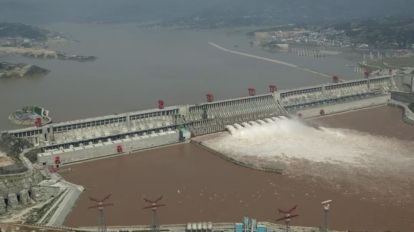China has approved the construction of the world’s largest hydropower dam, launching an ambitious project on the eastern rim of the Tibetan plateau that might affect millions downstream in India and Bangladesh.
According to a 2020 estimate from China’s Power Construction Corp, the dam, which will be built in the lower reaches of the Yarlung Zangbo River, may generate 300 billion kilowatt-hours of electricity each year.
This would more than triple the designed capacity of central China’s Three Gorges Dam, which is currently the world’s largest at 88.2 billion kWh.
The initiative would help China fulfill its carbon peaking and neutrality objectives, as well as encourage associated businesses like engineering and create jobs in Tibet, according to the official Xinhua news agency on Wednesday.

A section of the Yarlung Zangbo falls a dramatic 2,000 metres (6,561 feet) within a short span of 50 km (31 miles), offering huge hydropower potential as well as unique engineering challenges.
The project’s construction expenses, including engineering, are expected to exceed those of the Three Gorges dam, which cost 254.2 billion yuan ($34.83 billion). This included resettling the 1.4 million people it displaced and cost more than four times the initial estimate of 57 billion yuan.
Authorities have not stated how many people the Tibet project would displace or how it will effect the surrounding ecology, which is one of the richest and most diverse on the plateau.





